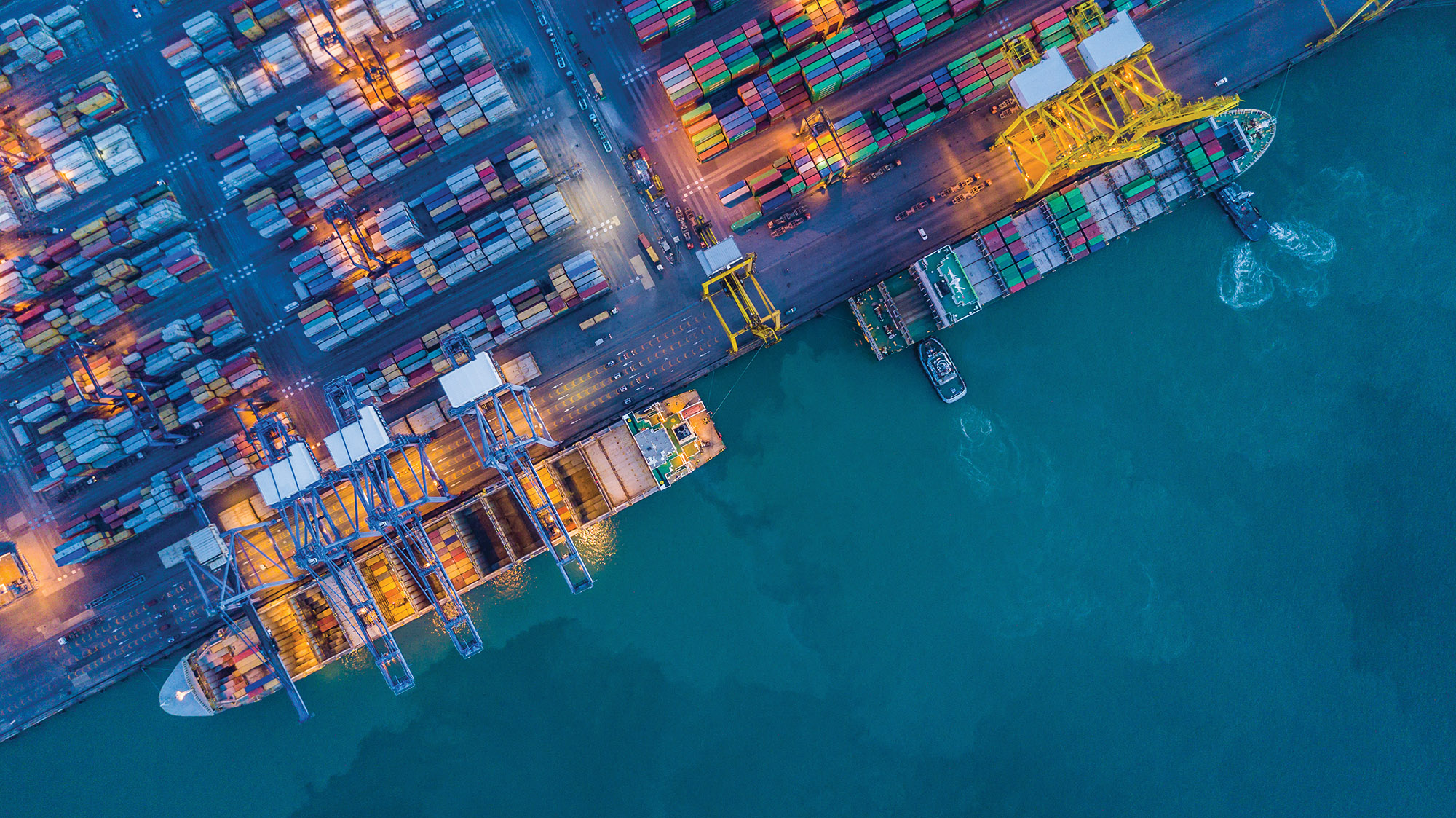Sustainable supply chains
Prioritizing environmental and social responsibility in our supply chain brings value to the people and communities we touch, and it’s good for our business—reducing costs, improving efficiencies, and enhancing performance. Within our supply chain, equality and inclusion, human rights, and health and well-being are important issues for SABIC and our stakeholders.
In 2020, we further embedded a culture of respect and promoted human rights by upgrading our Supplier Lifecycle Management (SLM) system to improve our ability to investigate potential vendors, and requiring our global suppliers to complete due diligence on topics including EHSS, anti-bribery, forced and child labor. We also updated our Supplier Code of Conduct. We invite any supplier or impacted community member to use our compliance help line and other reporting channels to inform us of concerns, and we investigate and remediate all credible concerns, as provided in our Code of Ethics.
SAFETY AND QUALITY ASSESSMENT SYSTEM
We use the Safety and Quality Assessment (SQAS) to measure logistics service providers’ EHSS performance, assess and address gaps, and identify top providers. SABIC recently collaborated with other industry stakeholders to develop robust criteria for sustainability assessment in the SQAS.
In 2020, the European Chemical Industry Council (CEFIC) launched seven topic-specific templates to overlay the SQAS reports for road haulers. Among these templates is one for sustainability that focuses on environmental risk management, employee training, reporting and trends, and social responsibility. This helps suppliers benchmark their performance and create targeted plans for improvement. In 2020, we further customized our SQAS assessments by adding Operation Clean Sweep templates to collect data on our goal to keep plastics from waste streams and waterways.
CHEMICAL DISTRIBUTION INSTITUTE
SABIC uses the Chemical Distribution Institute (CDI) scheme to ensure that maritime logistics service providers meet industry expectations for safety, security, and quality in chemical transportation and storage. We encourage maritime logistics service providers to use the CDI’s voluntary self-inspection sustainability addendum to include more details about their environmental and social responsibility, as well as risk management.
In 2020, 23 of the 32 terminals (72%) completed their CDI-T inspection report with a sustainability addendum. Despite the fact that the COVID-19 pandemic limited the number of onsite audits, 22 out of 32 terminals showed a full report before the end of the year.
CHEMICAL ROAD TRANSPORT SAFETY ASSESSMENT SYSTEM

We use the Road Transport Safety Assessment System (CRSAS) to manage the quality, safety, security, and environmental performance of our road freight carriers. The system enables us to review assessments and work with providers to uncover gaps, set benchmarks, and develop targeted plans for improvement, and helps us fulfill our Responsible Care charter in land transportation.
SUPPLY CHAIN INCIDENT REPORTING
We have set a target of a 10% improvement in number of incidents over the average of the past three years, or a 10% improvement over the previous year’s target, whichever is lower. We aim to identify the root cause of every incident and take corrective and preventative measures to avoid similar problems in the future.
REDUCING OUR CARBON FOOTPRINT
We use our supply chain carbon footprint model to trace emissions down to individual shipments—accounting for different modes of transport as well as specific routes where actual fuel can be measured. We participate in the CDP’s climate change program to measure our sustainability performance, and we use the CDP’s Supplier Engagement Rating program to gain more visibility into our supply chain. SABIC requests that our key LSPs report environmental data through the program’s questionnaires and track their carbon footprint. SABIC received a B rating on our CDP Supplier Engagement Rating Report in 2020.
GASCHEM BELUGA AND GASCHEM ORCA
After four years at sea, these next-generation, duel-fuel vessels continue to demonstrate outstanding performance. In 2020, thanks to the type of fuel used and the shape of each ship, we were able to save emissions totaling 5396 t CO2.eq for GasChem Beluga and 7795 t CO2.eq emissions for GasChem Orka.
NCC FAJR
The largest-capacity chemical tanker in the world, SABIC’s NCC Fajr outperforms standard chemical tankers by 50%, emitting 33,400 tCO2eq less than the industry average for a tanker doing the same work. In 2020, NCC Fajr completed seven voyages and achieved a GHG intensity of 5.28 gCO2eq/t-km.
Key metrics and annual trends-transportation carbon footprint
-
Million tons CO2EQ
2,94
-
Intensity Factor (GCO2EQ/T-KM)
13,0
